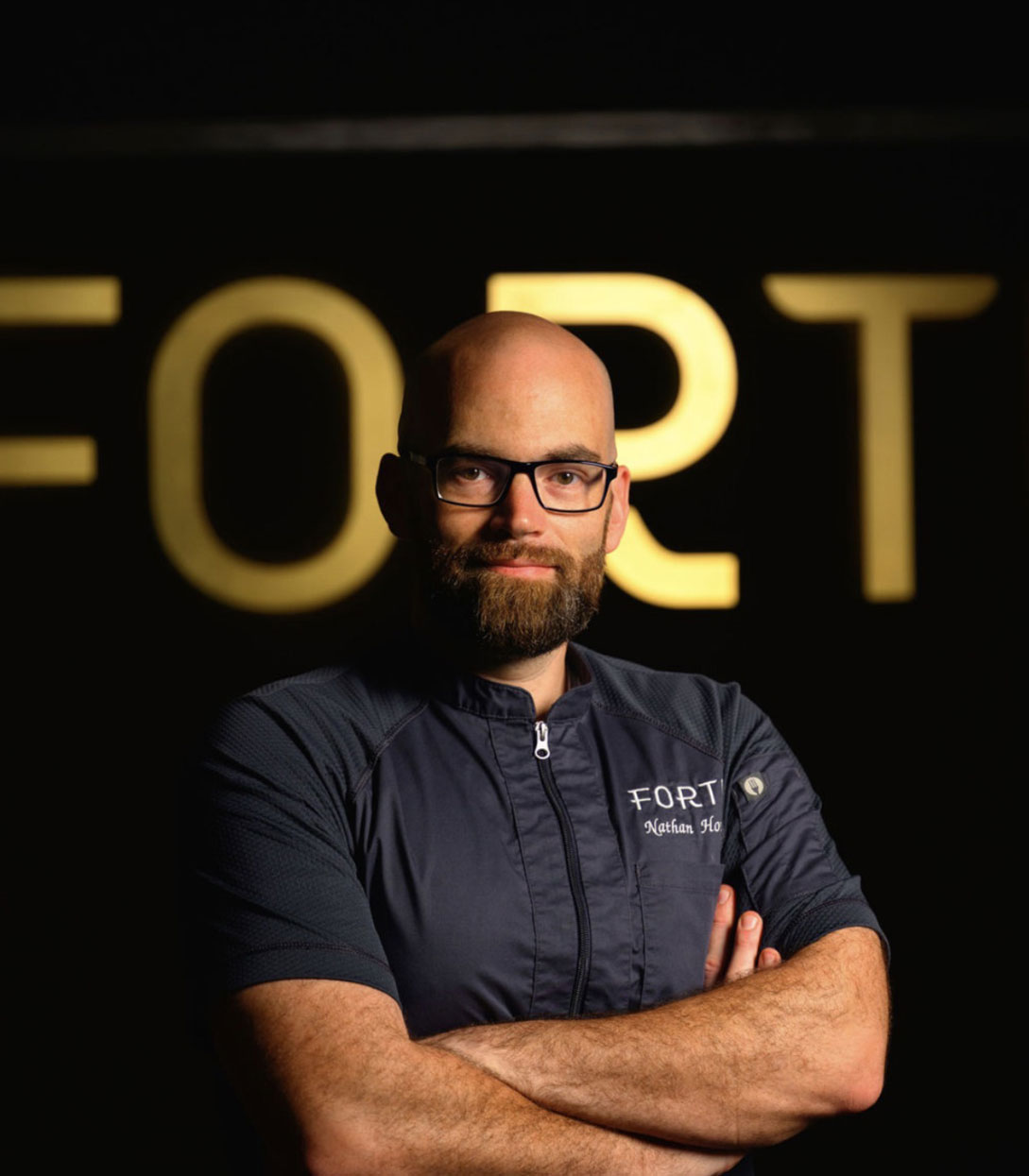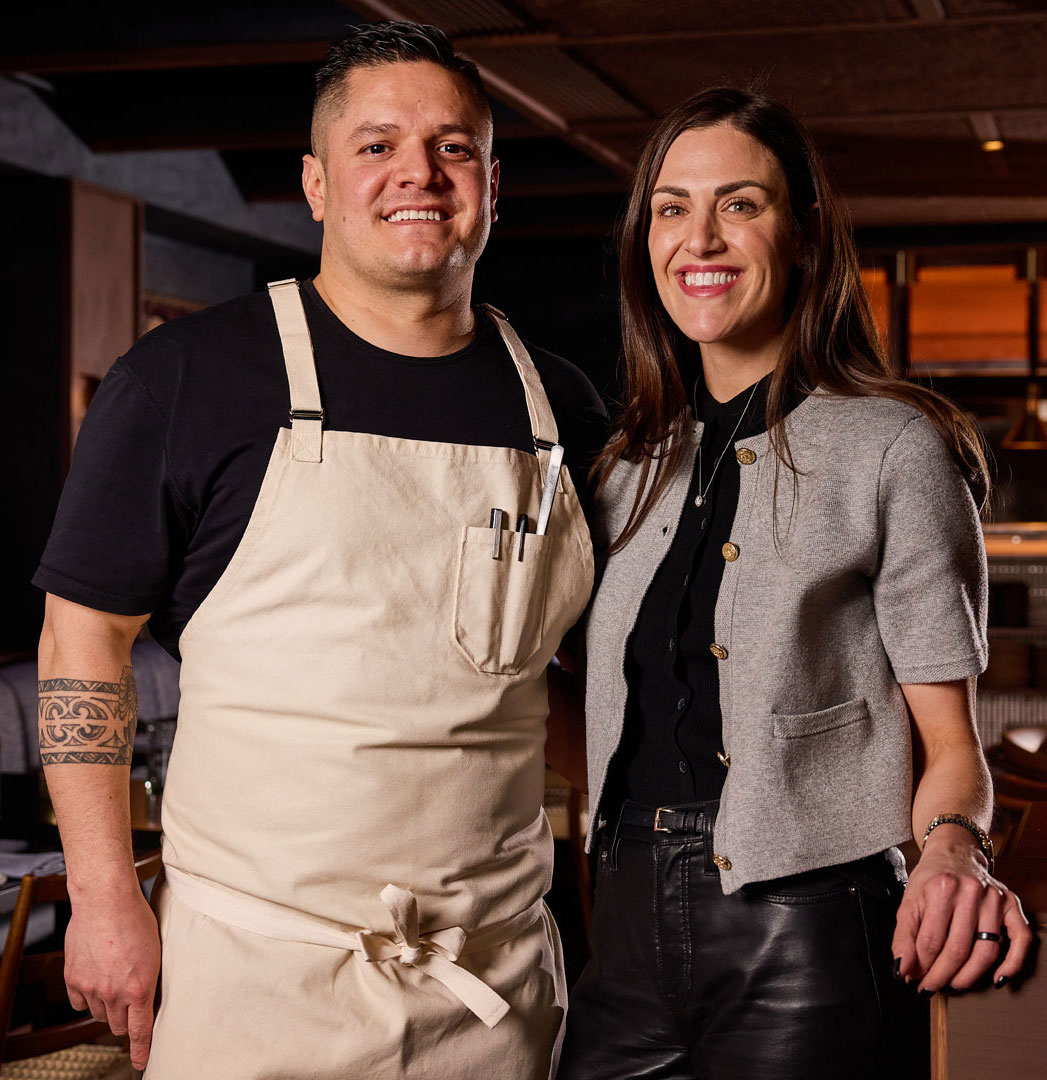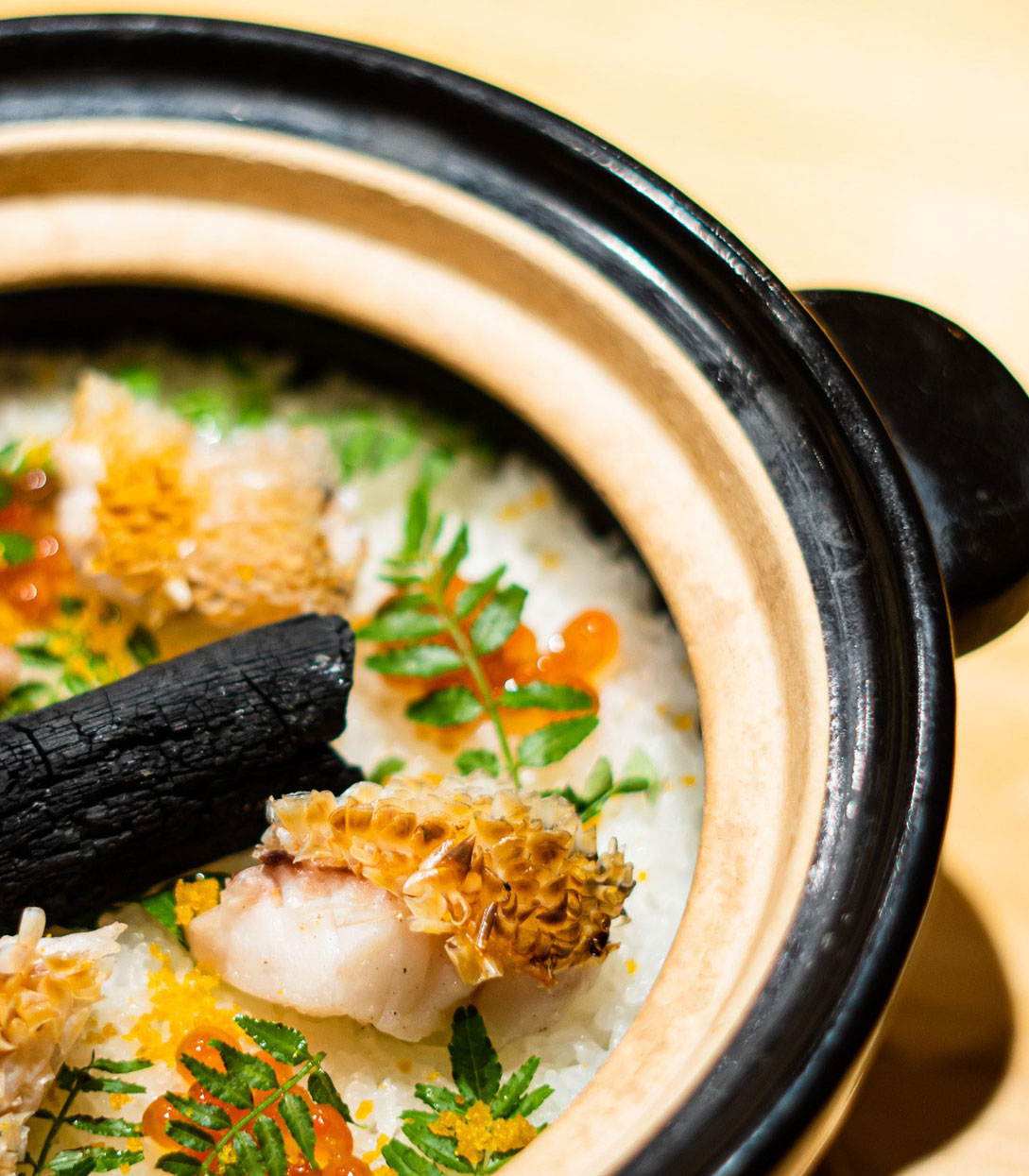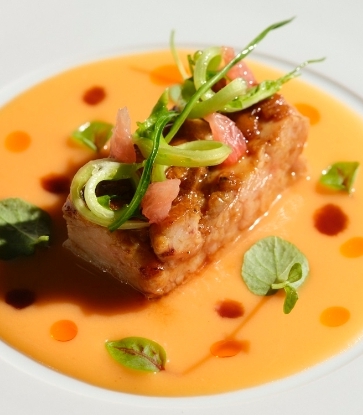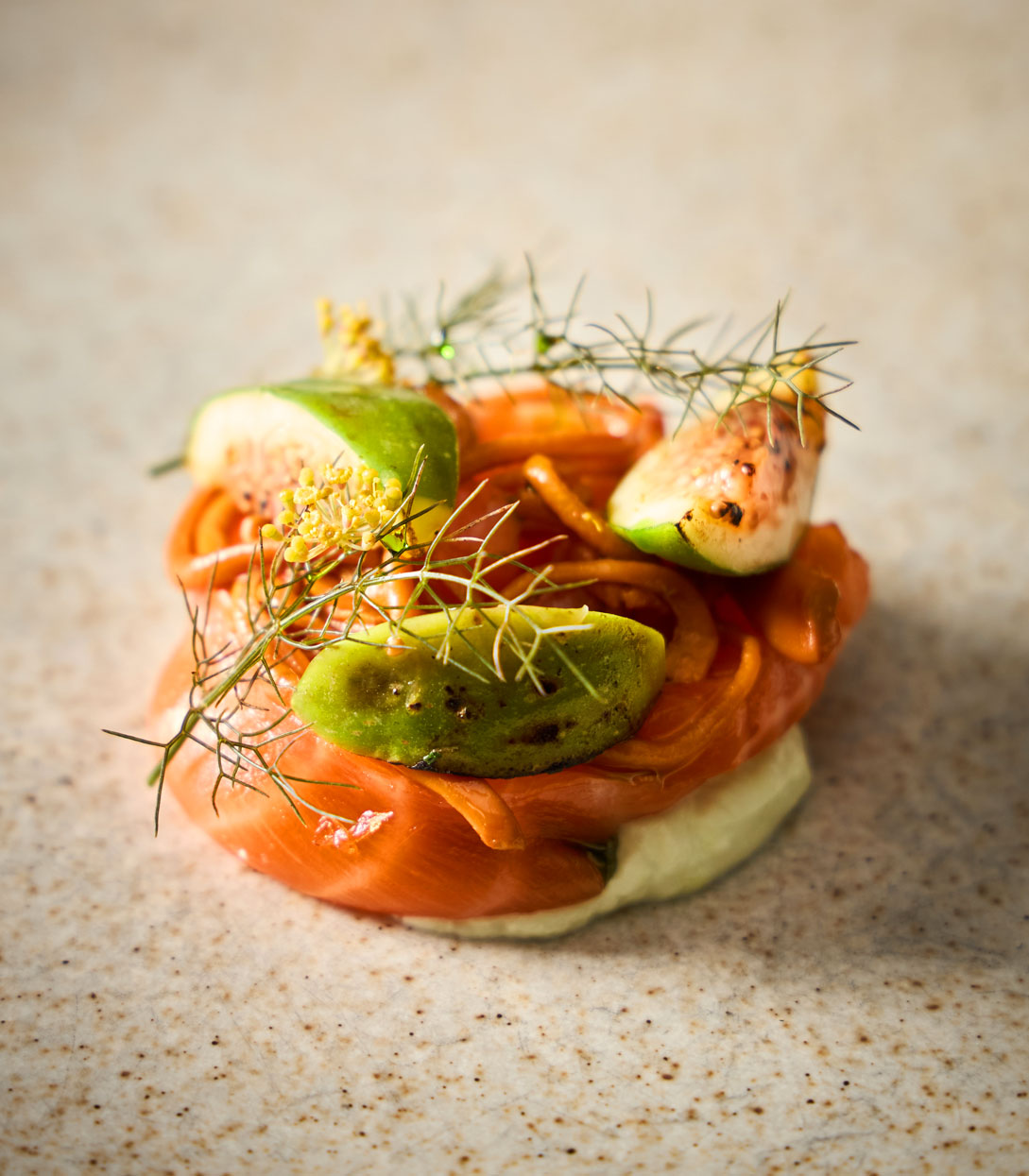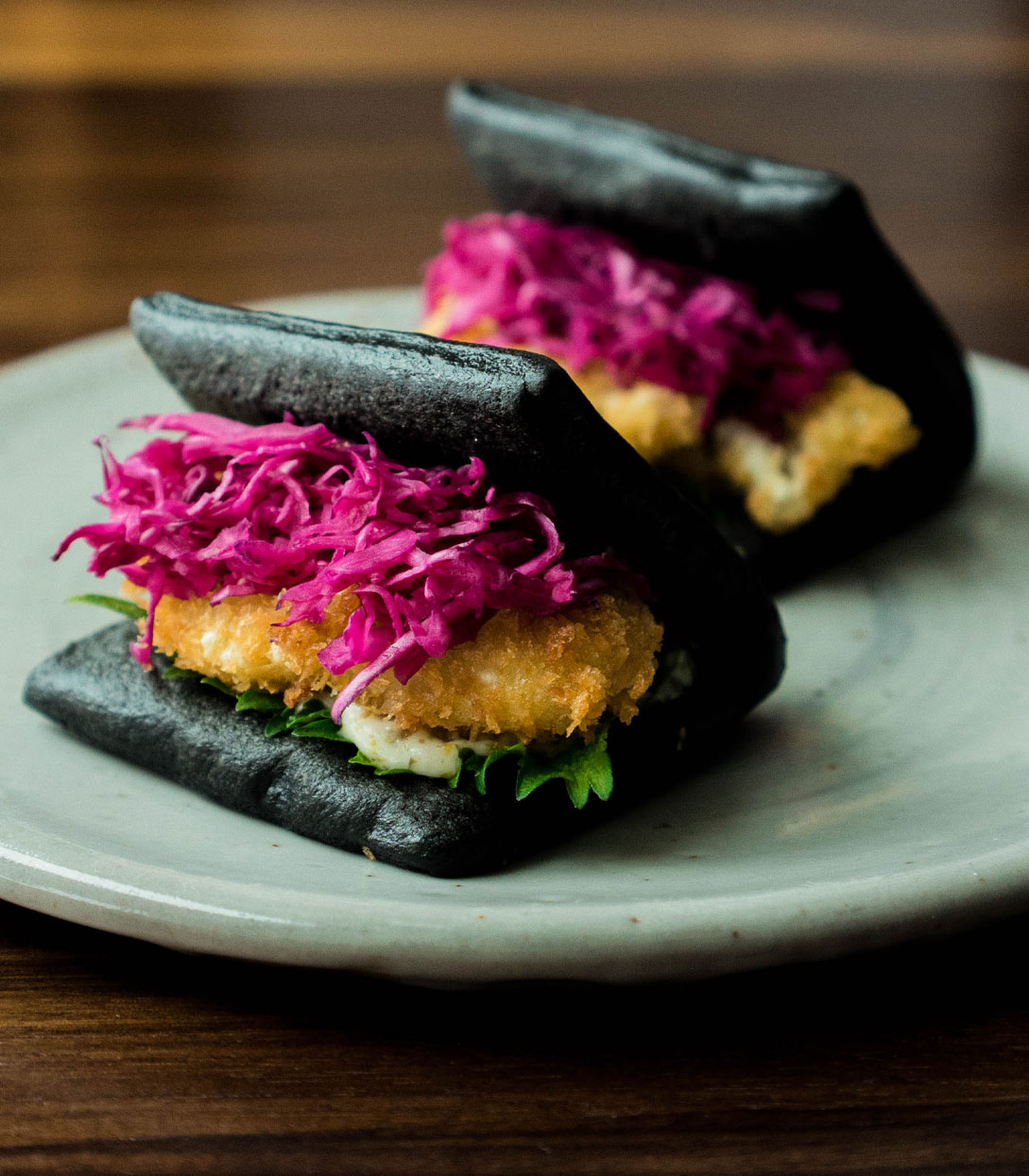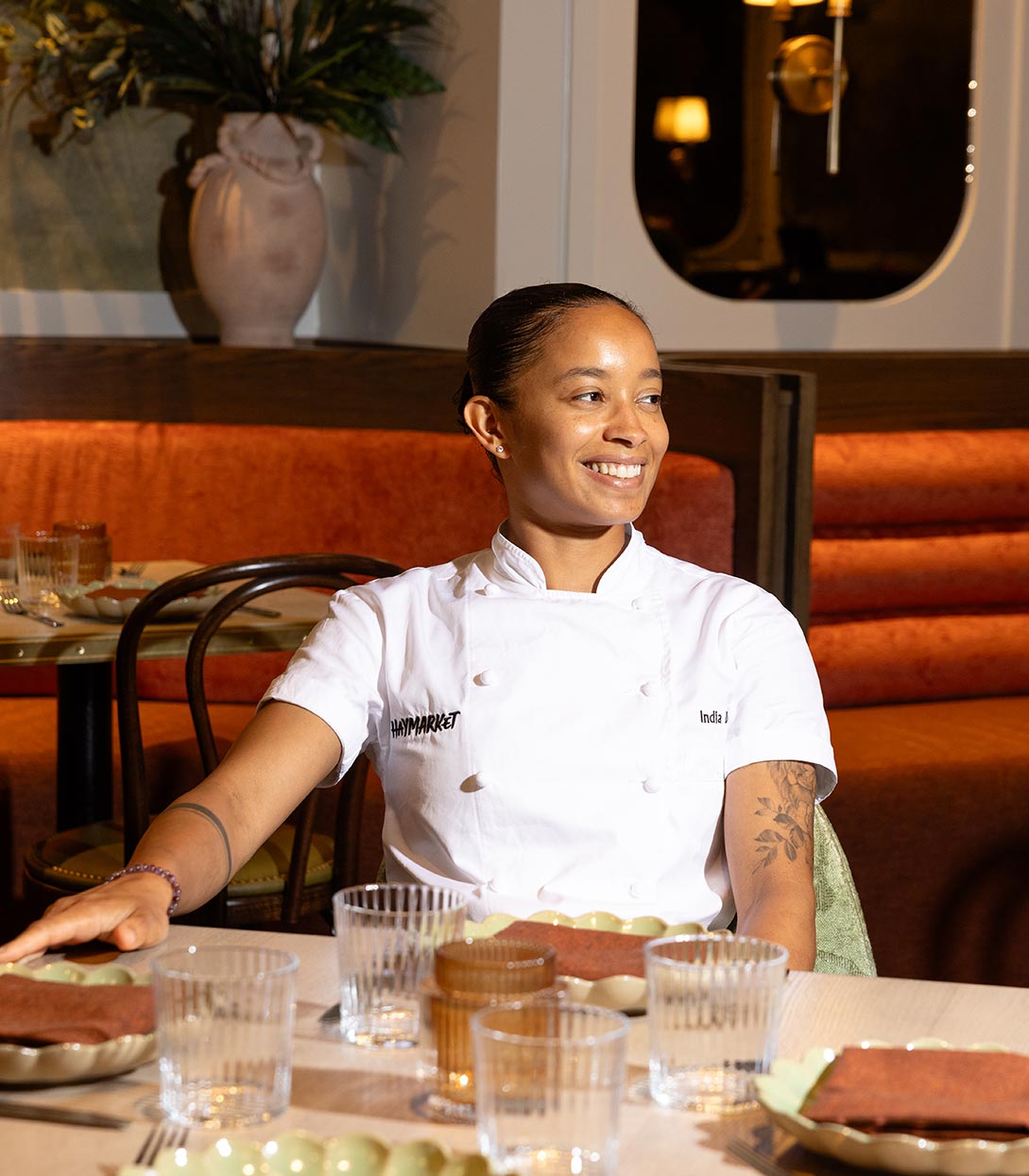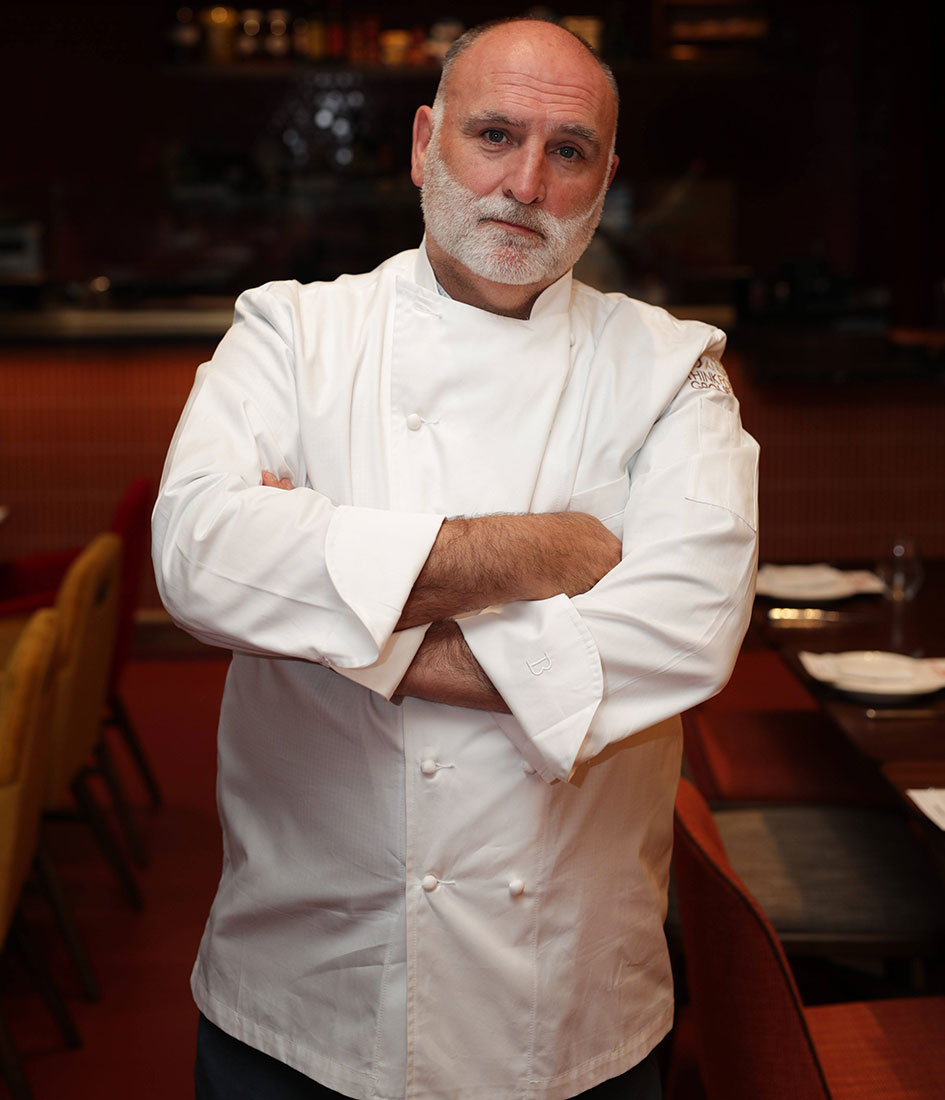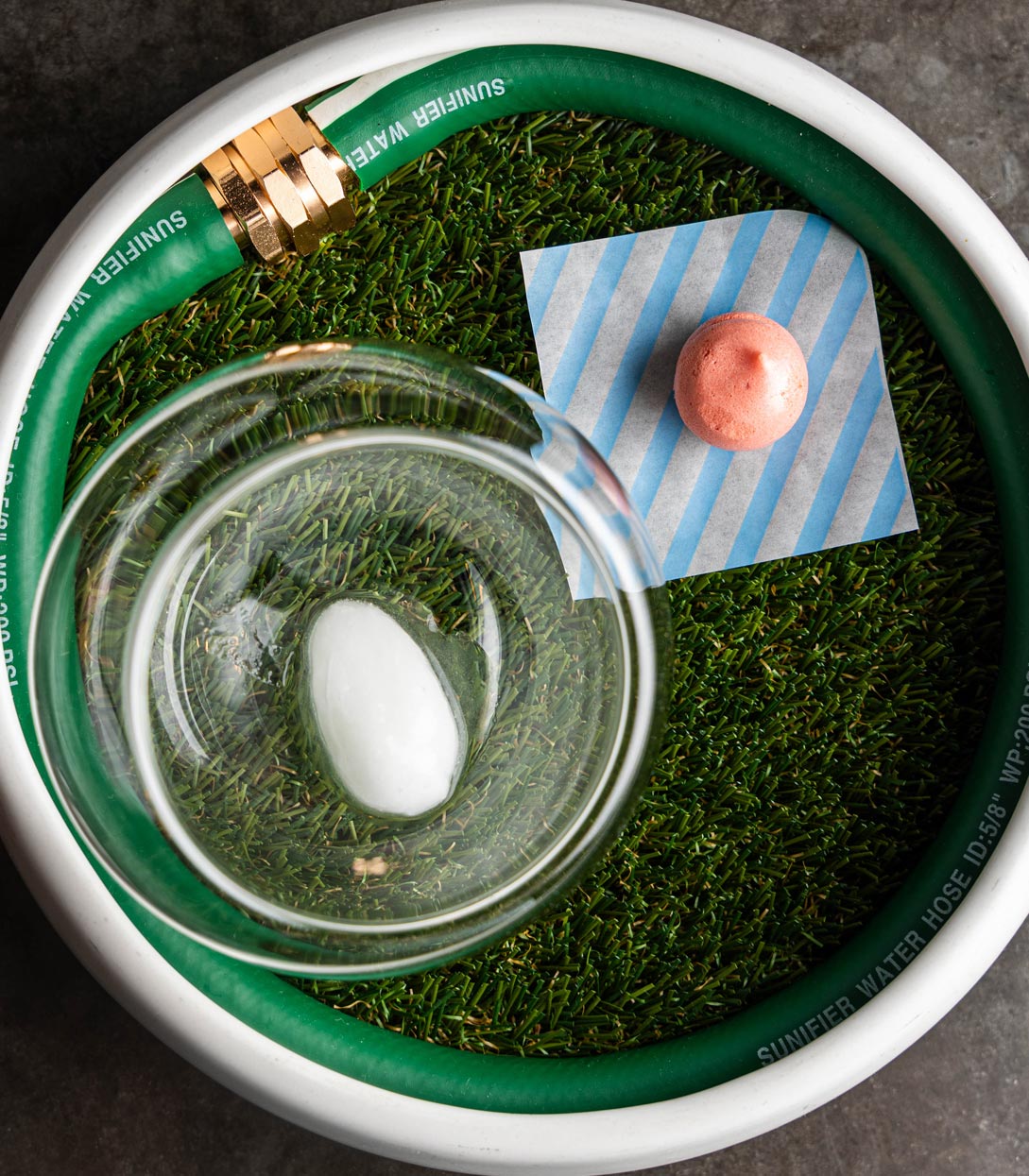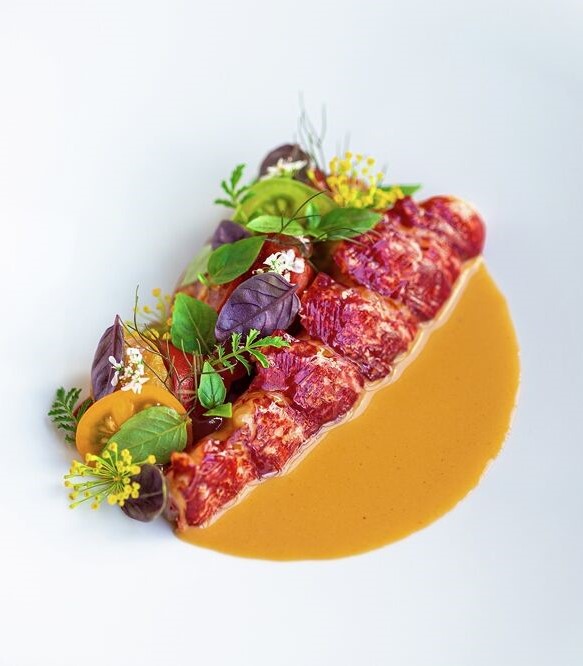Boasting large picture windows with views of the Sava River, the restaurant has changed hands several times over the years (taking the name Langouste five years ago) while remaining one of the city’s culinary institutions. The current restaurant is run by young Serbian chef Marko Djeric, who has worked in the kitchens at Langouste for three years and been its head chef since January.

Djeric’s story is one of commitment and determination. He started out studying economics before moving to the world of professional gastronomy, where he fell in love with cooking. This passion has stayed with him, leading him to hone his craft in renowned restaurants and world-famous cooking schools.
Marko Djeric studied at Alma, the international school of Italian cuisine in Colorno (Parma), and has worked with Floriano Pellegrino and Isabella Potì at Bros’ restaurant in Lecce (one Michelin star), at the three-Michelin-starred Piazza Duomo in Alba (Cuneo) run by Enrico Crippa, with Rasmus Kofoed at Geranium in Copenhagen, and with chef Saverio Sbaragli at the one-Michelin-starred Tosca in Geneva. Djeric’s highly technical cuisine is inspired by his international experiences, while remaining firmly rooted in Serbia’s rich gastronomic traditions. Sustainable and seasonal, his dishes reflect local culture by showcasing top-quality ingredients from Serbia and its neighbouring countries, so that his cuisine is considered to be not just Serbian but Balkan in style.
An example of this is his use of fermentation, a technique learned in Scandinavia but which he has adapted to local home-style cuisine, using popular springtime ingredients such as mushrooms and local herbs. In this way, the chef pays tribute to local gastronomic culture through his use of regional produce, while also including traditional dishes prepared using modern techniques on his menu.


This approach results in dishes such as triptych of lamb prepared with three different cuts of Serbian lamb: saddle, served with a sauce prepared from two local iconic ingredients found in every Serbian household, namely Kulen sauce (a type of Italian-style salami similar to spicy ‘nduja) and Ajvar sauce (made from sweet peppers); chops cooked on the yakitori grill and served with roast potato foam and burnt onion powder (a reference to the local tradition of barbecue-grilled lamb served with onions and potatoes); and a highly aromatic sausage lollipop smoked with rosemary at the table and glazed with lamb jus.
The dishes at Langouste are inspired by traditional ways of preparing typical local produce, and this is also true of the fish served here, such as grouper caught in the Adriatic near Montenegro. Here, the fish is grilled and served with a side of buttered confit leeks with hazelnuts and Serbian white bacon and a sorrel sauce infused with wild garlic oil.
Today, vegetables take centre stage in many of Langouste’s fresh, seasonal and modern dishes – many of them are grown in the restaurant’s own kitchen garden just outside Belgrade, which is home to around fifteen different types of fruit and vegetables. Fruit makes an appearance in some of the desserts, such as the mandarin parfait with candied mandarin peel, thyme and Serbian chilli foam topped with puff pastry sprinkled with mandarin powder and baby seasonal herbs.
Hero image - Langouste, Belgrade
Read also
Cocktails and pairing in hotels: the success of the Belgrade Lobby Bar




